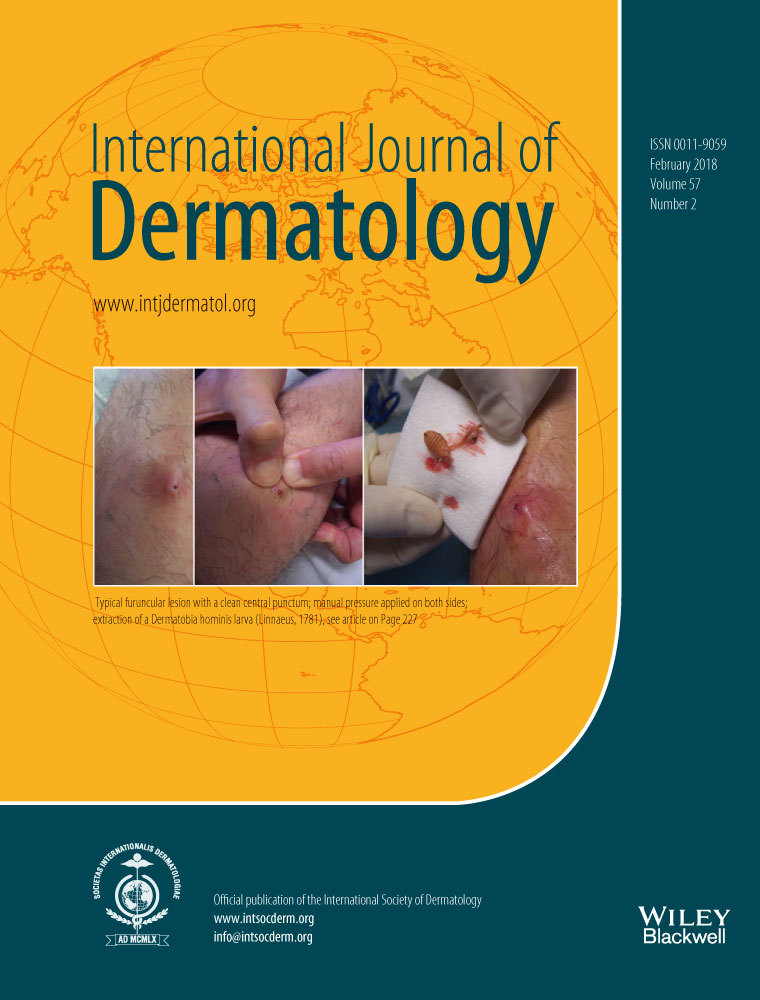Treatment of severe drug reactions by hemodialysis
Abstract
Background
Extracorporeal treatments such as hemodialysis and plasma exchange are lifesaving measures in the treatment of drug poisoning. This treatment method generally is not used for severe cutaneous and systemic drug reactions.
Methods
Here, we describe three cases wherein hemodialysis therapy was instrumental in reversing the adverse drug reaction.
Results
In the cases of severe cutaneous drug reactions reviewed, patients presented with linear immunoglobulin A bullous dermatosis, acute generalized exanthematous pustulosis, and toxic epidermal necrolysis. Salvage treatment with hemodialysis therapy drastically influenced the course of disease, resulting in remission.
Conclusions
This novel and highly effective treatment option is not considered in current algorithms for adverse drug reactions. Hence, in addition to the rarity of these reactions, the main limitation of the study is the small number of patients. Hemodialysis can substantially alter the prognosis and, in some cases, be a lifesaving treatment for patients with severe adverse cutaneous drug reaction associated with systemic toxicity.




